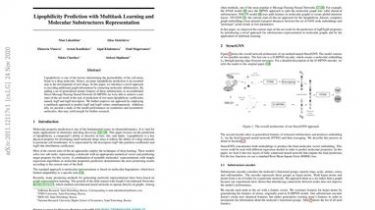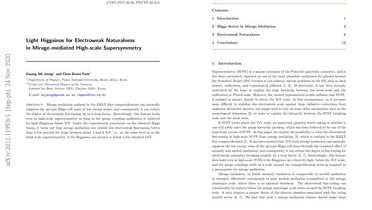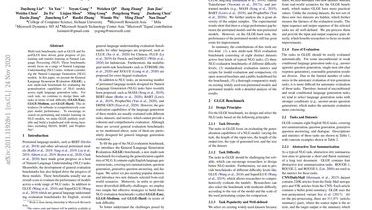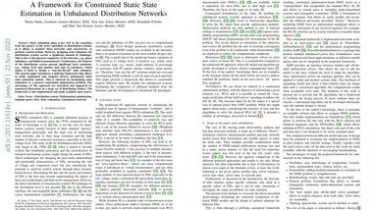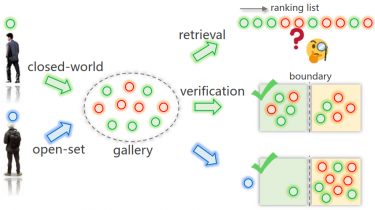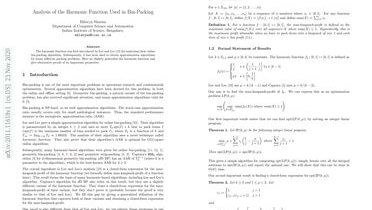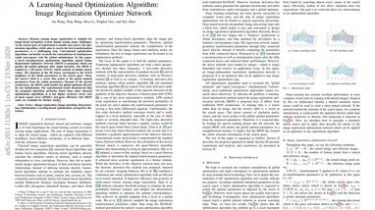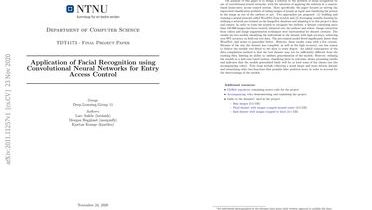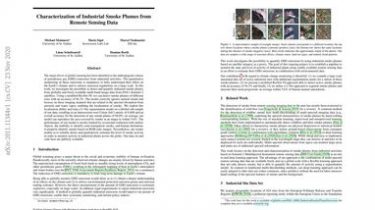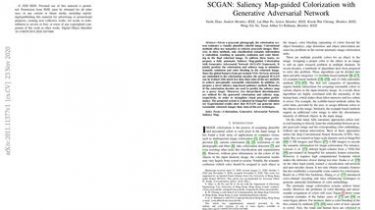Lipophilicity Prediction with Multitask Learning and Molecular Substructures Representation
Lipophilicity is one of the factors determining the permeability of the cell membrane to a drug molecule. Hence, accurate lipophilicity prediction is an essential step in the development of new drugs… In this paper, we introduce a novel approach to encoding additional graph information by extracting molecular substructures. By adding a set of generalized atomic features of these substructures to an established Direct Message Passing Neural Network (D-MPNN) we were able to achieve a new state-of-the-art result at the task […]
Read more